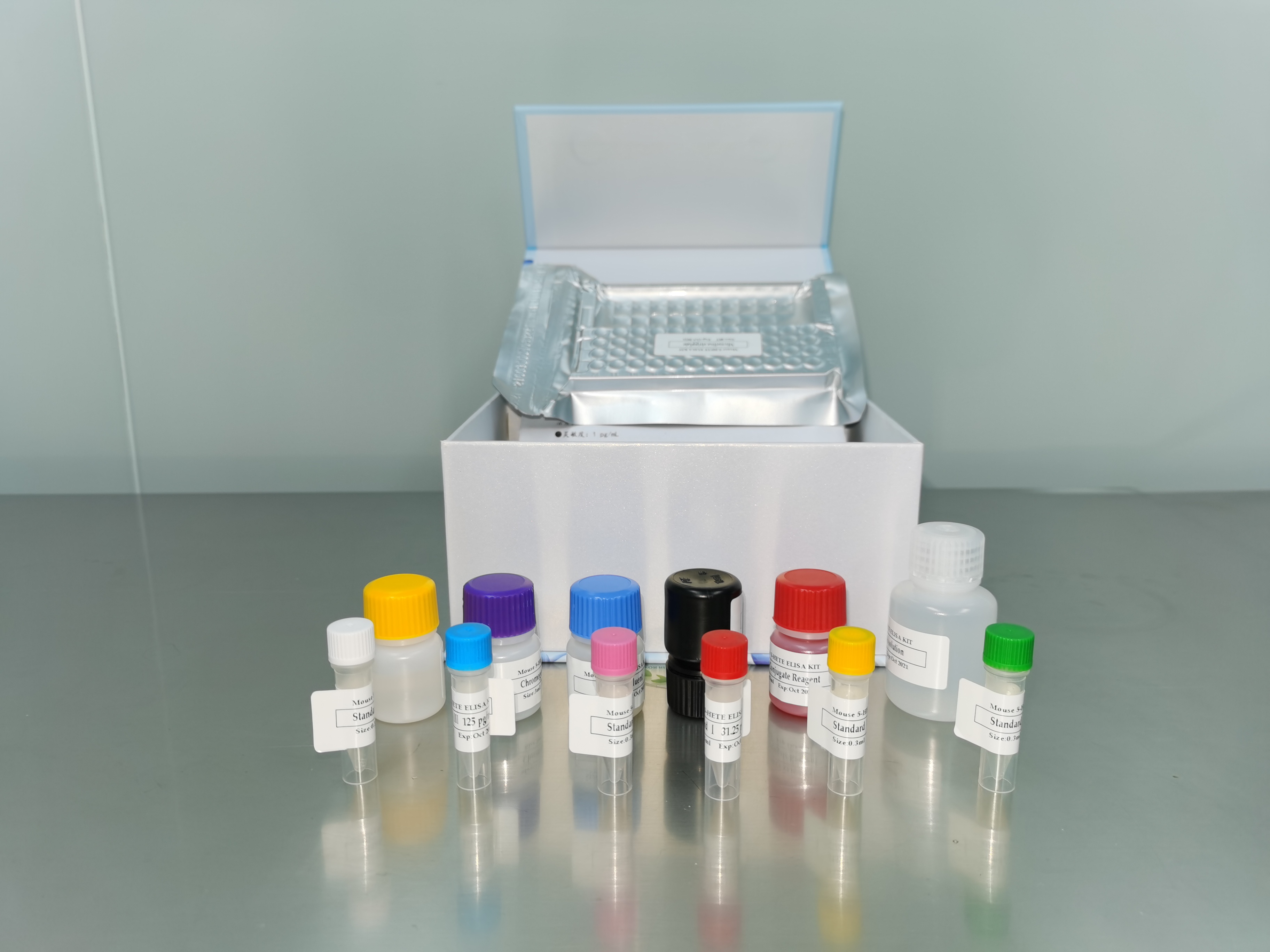| 产品名称: |
Honigbergiella sp. Hampl, Cepicka and Kulda |
| 商品货号: |
TS136831 |
| Deposited As: |
Pseudotrichomonas keilini Bishop |
| Strain Designations: |
RCP |
| Biosafety Level: |
1
Biosafety classification is based on U.S. Public Health Service Guidelines, it is the responsibility of the customer to ensure that their facilities comply with biosafety regulations for their own country. |
| Isolation: |
Stagnant water at shore of creek, Rock Creek Park, Rockville, MD, 1987 |
| Product Format: |
frozen |
| Storage Conditions: |
Frozen Cultures:
-70°C for 1 week; liquid N2 vapor for long term storage
Freeze-dried Cultures:
2-8°C
Live Cultures:
See Protocols section for handling information |
| Type Strain: |
no |
| Comments: |
phylogeny originally accessioned as Pseudotrichomonas keilini revised taxonomy |
| Medium: |
ATCC® Medium 1171: TYGM-9 medium
|
| Growth Conditions: |
Temperature: 25°C
Culture System: Xenic |
| Cryopreservation: |
Harvest and Preservation
- Harvest the cells from a culture that is at or near peak density by centrifuging at 850 x g for 5 minutes.
- If the cell concentration exceeds the required level do not centrifuge, but adjust the concentration to between 2 x 106 and 2 x 107 cells/mL with fresh medium.xa0 If the concentration is too low, centrifuge at 850 x g for 5 min and resuspend the pellet in the volume of fresh medium required to yield the desired concentration.
- While cells are centrifuging prepare a 20% (v/v) solution of sterile DMSO as follows: Add the required volume of DMSO to a glass screw-capped test tube and place it in an ice bath.xa0 Allow the DMSO to solidify.xa0 Add the required volume of refrigerated medium.xa0 Dissolve the DMSO by inverting the tube several times.xa0
*NOTE: If the DMSO solution is not prepared on ice, an exothermic reaction will occur that may precipitate certain components of the medium.
- Mix the cell preparation and the DMSO in equal portions. Thus, the final concentration will be between 106 and 107 cells/mL and 10% (v/v) DMSO. The time from the mixing of the cell preparation and DMSO stock solution before the freezing process is begun should be no less than 15 min and no longer than 30 min.
- Dispense in 0.5 mL aliquots into 1.0 - 2.0 mL sterile plastic screw-capped cryules (special plastic vials for cryopreservation).
- Place vials in a controlled rate freezing unit. From room temperature cool at -1°C/min to -40°C. If freezing unit can compensate for the heat of fusion, maintain rate at -1°C/min through heat of fusion. At -40°C plunge ampules into liquid nitrogen.xa0xa0 Alternatively, place the vials in a Nalgene 1°C freezing apparatus.xa0 Place the apparatus at -80°C for 1.5 to 2 hours and then plunge ampules into liquid nitrogen.xa0 (The cooling rate in this apparatus is approximately -1°C/min.)
- The frozen preparations are stored in either the vapor or liquid phase of a nitrogen freezer.
- To establish a culture from the frozen state place an ampule in a water bath set at 35°C (2-3 min). Immerse the vial just sufficient to cover the frozen material. Do not agitate the vial.
- Immediately after thawing, aseptically remove the contents of the ampule and inoculate into 12 mL of fresh ATCC medium 1773 or 8 mL of fresh ATCC medium 1171 in a 16 x 125 screw-capped test tube.xa0 Incubate on a 15° horizontal slant at 25°C.
|
| Name of Depositor: |
TA Nerad |
| Year of Origin: |
1987 |
| References: |
Gunderson J, et al. Phylogeny of trichomonads inferred from small-subunit rRNA sequences. J. Eukaryot. Microbiol. 42: 411-415, 1995. PubMed: 7620466
Hampl V, et al. Morphological and molecular diversity of the Monocercomonadid genera Monocercomonas, Hexamastix, and Honigbergiella gen. nov. Protist 158: 365-383, 2007. PubMed: 17499022
|
| Cross References: |
Nucleotide (GenBank) :
U17511
SSU rRNA
Nucleotide (GenBank) :
AY319274
Honigbergiella sp. SSU rDNA, ITS
|


